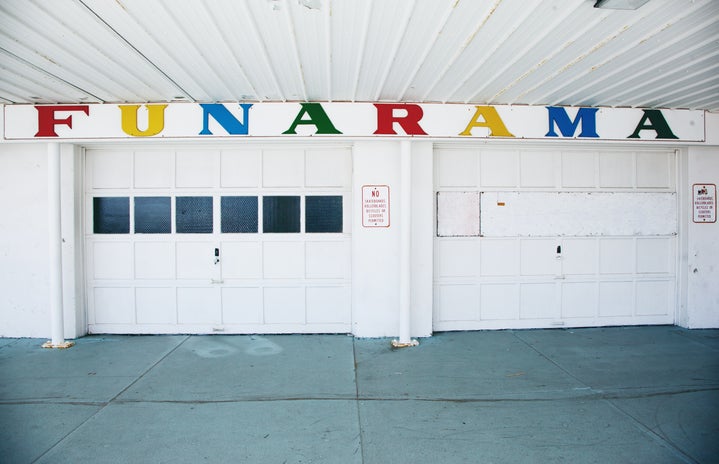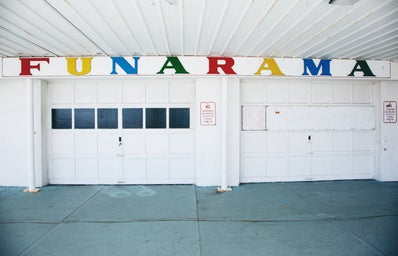Understanding sustainability and the efforts required to create positive change can be challenging, yet Dr. Sharrard leads by example in both her professional and personal life. Aurora Sharrard (PhD, LEED AP BD+C, LFA) is the University of Pittsburgh’s first Director of Sustainability, tasked with enabling the first campus-wide Sustainability Plan. The plan includes “61 measurable goals including reducing greenhouse gas emissions, incorporating sustainability into the curriculum, transparently communicating progress and creating a culture of sustainability at the university” (Sharrard).
She earned her Master’s and PhD degrees in civil and environmental engineering with an emphasis in green design from Carnegie Mellon University. Before joining the university, she worked at the Green Building Alliance for 11 years, ultimately serving as Executive Director. She has created and maintained notable projects such as the Pittsburgh 2030 District, Pittsburgh Climate Initiative and Pittsburgh Green Story. Her efforts have also been recognized through the Pittsburgh Magazine’s 40 Under 40 award, Pittsburgh Business Times Women in Energy award, Businesswomen First award, 40 Under 40 Pennsylvania Environmental Leaders award and the Greater Pittsburgh Athena Young Professional award (finalist). She also serves as a board member for multiple community organizations.
Last week I was lucky to have the opportunity to hear more about her work.
CK: Describe what a week in your life looks like.
AS: In a given week, I spend one to one-and-a-half days working on any number of projects with facilities, but all day every day working on sustainabilty. This can include engagement and awareness; equity access; working with facilities on projects in design, energy, conservation or innovation; working with faculty across campus to figure out what their interests are, trying to connect them to sustainability and figuring out those operations; collaborations off-campus to perpetuate things happening here; and utilizing on-campus professional domain expertise.
CK: Do you ever find difficulty working with other faculty? I know certain areas of study are not as aware [as the STEM field] of their environmental impact.
AS: The Mascaro Center for Sustainable Innovation started out as an engineering-based center for outreach on sustainability, but has grown into a campus-wide center paving the way for interdisciplinary conversations across campus. Sustainability is all about positive change across equity, economy and the environment. People in general are good, but sometimes become entrenched with inertia, apathy or fear of change. What I’ve found in general on and off-campus is that people what to change but they need help. It will take time but people are very willing to make change. At Green Building Alliance, we did a lot of interface work, where I found that everyone has their own “door” into the sustainability conversation. We cannot assume what someone’s “door” will be or that they have walked through it fully. When talking about change, people may feel constrained by their budget or current structure. These constraining forces can hold us back, but when you figure out what motivates them to change, we can then help them find their “door”. I have never seen someone walk through and walk back out. Once you make that change, it is not going to be perfect, there will be trade-offs.
CK: What inspired you to enter this field?
AS: I grew up a recycling, camping and participating in Girl Scouts. My family thought about the environment specifically. When a college undergraduate, I was undecided in civil versus environmental engineering. At the time, environmental engineering was about pollution treatment instead of prevention—what we have seen it become today. I always considered the natural environment and having a degree in the built environment has evolved into the field of sustainability we know today. I was there at the right time, in the right place to see the conversation evolve between equity, economy and the environment.
CK: How do you adopt an environmentally sustainable lifestyle?
AS: There is a professional and personal side. As director, it is my job to lead and help improve departments, pieces and parts of the institution along together. [Personally] I was just at the bookstore making a purchase and of course I had my reusable bag, or when I buy coffee, I have my reusable mug. My personal car is a hybrid and I take the bus to work. There are these embedded lifestyle choices, and I have been in a sustainable mindset forever. Decision by decision has evolved over time as I aged, so some decisions come naturally and some are conscious, like composting at our house or living near a public park or shopping at Goodwill and Thriftsburgh. Every decision matters and it may take a long time to change our habits. Talking about what we are doing publicly is important and sharing our struggles or learning from conversations in important.
CK: Have you ever faced any discrimination in this position or at any point during your studies?
AS: I have not faced any discrimination in this positions, but as a female undergraduate in engineering at a time when female students were not prevalent, bosses asked me outright why I wanted to become an engineer because they did not understand why. I was passed over for on-site construction work because they thought I could not “hold my own” on-site. There is institutional discrimination and an assumption of what people can and cannot do, which is wrong. Finding allies and recognize when you can be an ally is important.
CK: If you had the power to create one international law, what is one change you would implement?
AS: We have to put a price on carbon. We have to put a price on externalities: carbon first and foremost, because climate change is staring us in the face. Prices of externalities related to community impact or localized air pollutants all have a cost but do not show up in the current economic system.
CK: There has long been a history of large corporations and the government wrongfully place pollutants, oil platforms, power-plants and dirty resources in low-income or minority areas as to take the path of least resistance. Do you think there is inequality in who can access clean resources? Do you feel there is social injustice in current policy?
AS: The US and world is built on inequity and inequality. Many policies, physical places and organizations are constructed on that base. We see a lot of people working to change systems and combat structured inequality stacked against certain demographics and populations. It is not going to get any better with shocks and stressors brought on by climate change. There is an embedded equity problem, and part of sustainability is breaking down inequality, organization by organization.
CK: What is your outlook on the future? Do you think there is hope?
AS: Whether it is the global climate, racial disparity or economic unrest, there is fear of the unknown in what is pending. But we can either read about these things and say, “Wow, I cannot do anything about this,” which will shut you down, or you can say, “I can do something about this—based on what I know, what I can do or where I am from.” What we all do matters. We have to have hope because if there is no hope, what are we doing?
CK: Where do you see Pitt Sustainability going in five years?
AS: A lot of goals look to 2030 and beyond. In five years, I anticipate having measurable efforts to report on [related to all goals]. We have been tracking progress on each goal since 2018, and some we are barreling towards as fast as possible. For others we are on track, like greenhouse gas reductions. Then others are behind, like water consumption on-campus. We have a lot to do in five years, but I expect progress.
CK: What is your favorite memory from your career?
AS: My favorite feeling is being at a building opening celebration when the building is green and sustainable. Seeing all of the people who created the space, tracked decisions and worked with on-site development all celebrating a big, tangible goal that was a collaborative effort is great. I did a lot of work with GBA and still collaborate closely with them—Pitt is a strong partner with them.
CK: Is there anything else you would like to add?
AS: Everyone is different with how they interact with other people. We always have an opportunity in meetings and conversations to ask a key question at a key time, and it can pay off. The answer to every questions you do not ask is always no.
CK: Do you have any advice to the readers of Her Campus to become more environmentally-friendly in their daily life?
AS: Every decision matters: bringing a reusable mug when you order coffee, reusable bags, how you transport, but every decision takes time. Consciously thinking about decisions as to what or why we are buying something, asking questions or challenging habits we fall in to is all important. Everyone is on their own path to sustainability and thinking about embedded decisions (like switching to renewable energy) one-by-one is very important.
Smart, well-spoken, hopeful, hard-working and admirable. Similar to the illuminating character of the Aurora Borealis, Dr. Sharrard serves as a positive light whose work will hopefully inspire many people to engage in more sustainable practices in their daily life.
Photo Credits: provided by Dr. Sharrard
Sources: all information provided by Dr. Sharrard


